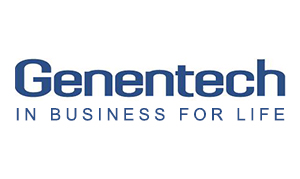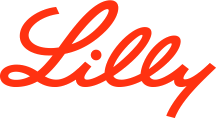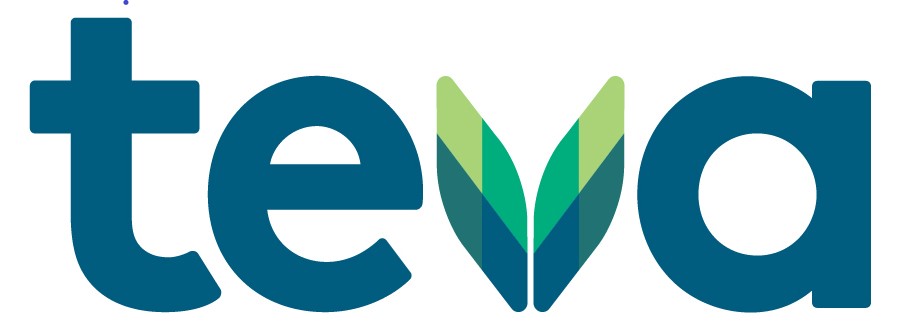Billing and payments are some of the biggest headaches for rheumatology practice managers.
Often, there is a stark contrast between what is best for your bottom dollar and what your patients prefer. But in the end, keeping your patients happy and serving them well should be your number one goal. Offering an easy billing and payment process is part of good customer service and will help retain your patients and keep them coming back.
If you’re interested in making your billing and payment processes more patient-friendly, it’s essential to understand what patients want and what they need and then balance those things with your practice’s requirements. Many organizations have done studies and researched to figure out what patients want and how we can translate those desires into easier payment options and better collection rates. Here are just a few of the things those studies have revealed:
Collect at time of service.
One of the easiest ways to improve your cash flow and collection rates is to collect as much as possible from each patient at the time of service. Most of the time, patients understand that they will need to pay a portion of the bill out-of-pocket. As a medical practice, your goal should be to keep the patient informed.
You can keep the patient informed by:
- Checking patient eligibility before each appointment.
- Handling any services that require pre-authorization in advance and setting expectations with each patient by notifying them of the co-pays that are due at the time of service.
- Hang signs throughout the office, letting patients know that payment must be collected upfront will help as well.
- Post on social media, website, and blog pages.
Promote online payment options.
Healthcare is one of the few industries that still rely on snail mail for billing. This isn’t great news for patients, who have come to expect online payments and instant access to their accounts. Many providers have avoided embracing online payment systems because they believe their senior patients are uncomfortable with technology. The truth is that senior citizens are the fastest-growing group joining
An excellent way to incorporate online payments is to offer them as an option to those who are interested, graduating patients into the new system slowly. This will give them what they want without losing anyone in the shuffle.
In addition to online payment offer other payment options such as:
- Accept cash, checks, debit cards, and credit cards. More payment options mean more time-of-service collections.
- Accept payment through your patient portal.
- Accept payment through your website.
- Explore a “credit card on file” program.
- Keep an open mind about payment plans.
[Does your practice need some patient portal tips? Click here!]
Send email notifications.
The best way to get in touch with people these days is through email. It’s fast, convenient, and easily accessible. Many practices have begun using email to send appointment reminders, schedule changes, and billing information, which patients prefer.
The main concern with moving to a digital strategy is ensuring that everything you email is HIPAA compliant. One way to give your patients the utmost safety is to use a secure message center to encrypt emails.
Offer automated payments.
Many providers complain about how long it takes patients to pay their bills, and many patients are confused by multiple payments required for a single visit. They may throw out the second or third bill, not realizing it is an additional invoice. One way to avoid this is to keep a credit card on file and charge it as needed via an automated system.
This would ensure that your medical practice gets the money it needs for the services it provides promptly, which will allow you to serve your patients better and improve your practices collection rates. While some patients may feel uncomfortable about automated payments, an easy way to get them on board is to remind them that they’ll avoid overdue fees. Plus, automatic payments can always be challenged or refunded in the event of miscommunication or mistakes.
We hope these ideas help you streamline your billing and payment processes. By making this process easier on your practice, you’ll be able to keep the focus on what’s truly important—the health and wellness of your patients.
Tags: co-pays, collecting payments, collection rates, improving collection rates, medical office management, medical offices, national organization of rheumatology managers, NORM, office management, office managers, patient portal, Patient technology Posted by



















